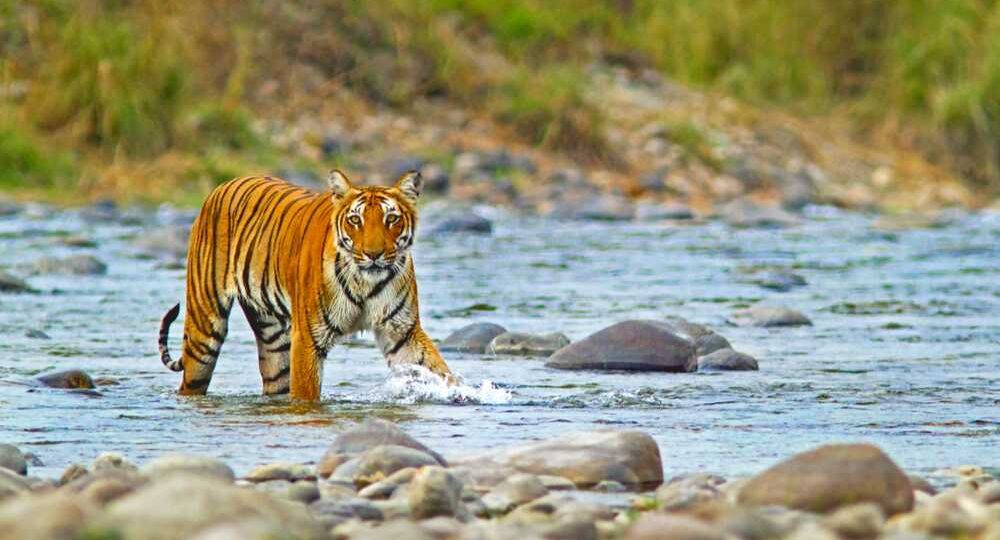Wildlife Tours

A jungle safari typically refers to an excursion into a natural environment, such as a jungle or wildlife reserve, with the primary goal of observing and experiencing the local flora and fauna. Jungle safaris can take place in various types of ecosystems, including tropical rainforests, savannas, or dense woodlands. Here are key aspects of jungle safaris:
Destinations:
Jungle safaris can be conducted in different parts of the world, including countries with diverse ecosystems and wildlife. Popular destinations for jungle safaris include national parks and wildlife reserves in Africa, Asia, South America, and other regions.
Wildlife Observation:
The main focus of a jungle safari is to observe wildlife in their natural habitats. This may include animals such as elephants, lions, tigers, giraffes, zebras, various bird species, and more. Safaris can be conducted on foot, in vehicles, or by boat, depending on the terrain.
Safari Vehicles:
In many jungle safari destinations, guided tours are conducted using specially designed safari vehicles. These can be open-top jeeps, 4×4 vehicles, or even boats, allowing visitors to get close to wildlife while maintaining safety.
Guides and Naturalists:
Knowledgeable guides and naturalists often accompany jungle safari groups. They provide information about the wildlife, plants, and ecosystems, enhancing the overall educational experience.
Different Safari Modes:
Jungle safaris can take various forms, including game drives, walking safaris, boat safaris, and even hot air balloon safaris. Each mode offers a unique perspective on the environment and wildlife.
Conservation and Responsible Tourism:
Many jungle safari operators prioritize conservation and responsible tourism. This involves minimizing the impact on the environment, following ethical wildlife viewing practices, and supporting local conservation efforts.
Accommodations:
Jungle safari experiences often include stays in lodges, tented camps, or eco-friendly accommodations located within or near wildlife reserves. This allows visitors to be close to nature throughout their stay.
Night Safaris:
Some destinations offer night safaris, providing a chance to observe nocturnal animals and experience the jungle’s sounds and sights after dark.
Photography Opportunities:
Jungle safaris offer excellent opportunities for wildlife photography. Visitors can capture images of animals in their natural habitats, as well as the breathtaking landscapes of the jungle.
Cultural Experiences:
In addition to wildlife observation, some jungle safaris incorporate cultural experiences, allowing visitors to interact with local communities and learn about their traditions and lifestyles.
Seasonal Considerations:
The best time for a jungle safari may vary depending on the destination and the seasonal patterns of wildlife. Some animals are more active during specific times of the year, and weather conditions can impact the safari experience.
Jungle safaris provide a thrilling and immersive way to connect with nature, offering participants the chance to witness the beauty and diversity of wildlife in their natural habitats. It’s essential to choose reputable operators that prioritize conservation and responsible tourism practices.
